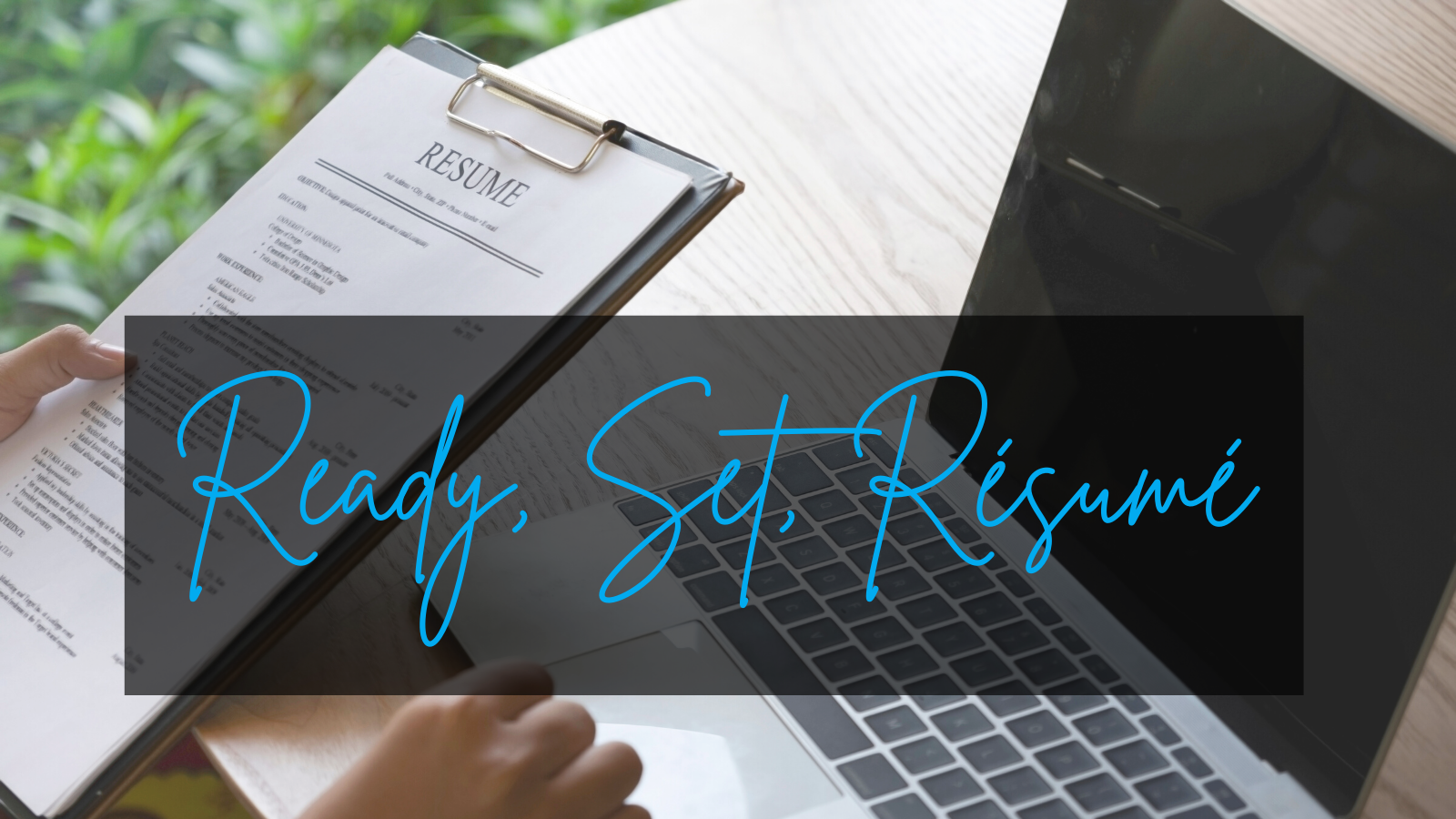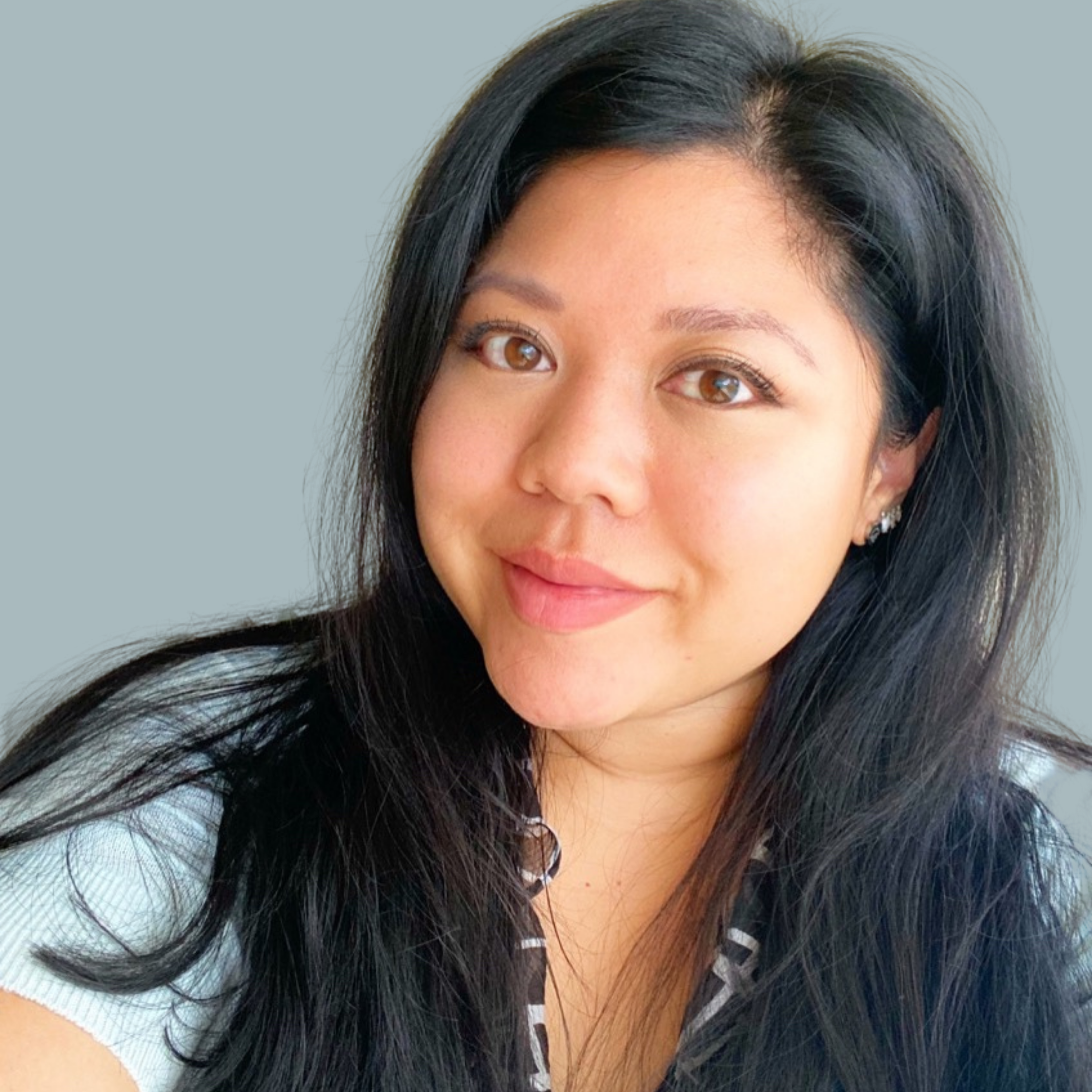Planner Partner Forum and Chapter Meeting
February 6, 2025 - February 7, 2025
Chapel Hill, NC
Register now
February 6, 2025 - February 7, 2025
Chapel Hill, NC
Register now

Ready, Set, Resume

During the 2020 MPI-CC Business XChange, Danielle Golinski, associate director of career services at Elon University, shared advice for updating resumes.
She recommends maintaining a master resume to collect all your professional experiences and accomplishments in one document. When applying for jobs, tailor a version of this resume to the job description. Customizing the resume includes incorporating skills and buzzwords relevant to the job description and industry.
When it comes to formatting, Golinski says to keep your resume clean and easy to read. Recruiters spend 7-to-10 seconds reading your resume, while application tracking systems, which are growing in use by employers, won’t be able to “see” creative design elements.
Golinski also suggests using T-charts to help you adapt your resume. “T-charts are a great way to connect the dots between you and the opportunity that you’re applying to,” she says.
To make a T-chart, create two columns. On the left “job” column, list what the employer is seeking in an ideal candidate. Reflect on what you’ve done in your career and what examples you can share in your resume to illustrate how you are the ideal candidate. In the right “me” column, match your examples to the traits listed in the left column. Use these examples in your resume, cover letter and interview.
“You’re finding the connection points here,” Golinski said about using T-charts.
Other resume tips from Golinski:
She recommends maintaining a master resume to collect all your professional experiences and accomplishments in one document. When applying for jobs, tailor a version of this resume to the job description. Customizing the resume includes incorporating skills and buzzwords relevant to the job description and industry.
When it comes to formatting, Golinski says to keep your resume clean and easy to read. Recruiters spend 7-to-10 seconds reading your resume, while application tracking systems, which are growing in use by employers, won’t be able to “see” creative design elements.
Golinski also suggests using T-charts to help you adapt your resume. “T-charts are a great way to connect the dots between you and the opportunity that you’re applying to,” she says.
To make a T-chart, create two columns. On the left “job” column, list what the employer is seeking in an ideal candidate. Reflect on what you’ve done in your career and what examples you can share in your resume to illustrate how you are the ideal candidate. In the right “me” column, match your examples to the traits listed in the left column. Use these examples in your resume, cover letter and interview.
“You’re finding the connection points here,” Golinski said about using T-charts.
Other resume tips from Golinski:
- For a work experience description, start sentences/bullet points with action verbs, but don’t use the same verb more than once.
- Include quantifiable pieces of information in your work experience to help show the impact of your work.
- Keep references in a separate document.
- Include your education section at the bottom of the resume unless you’re just beginning your professional career.



Leave a commentOrder by
Newest on top Oldest on top